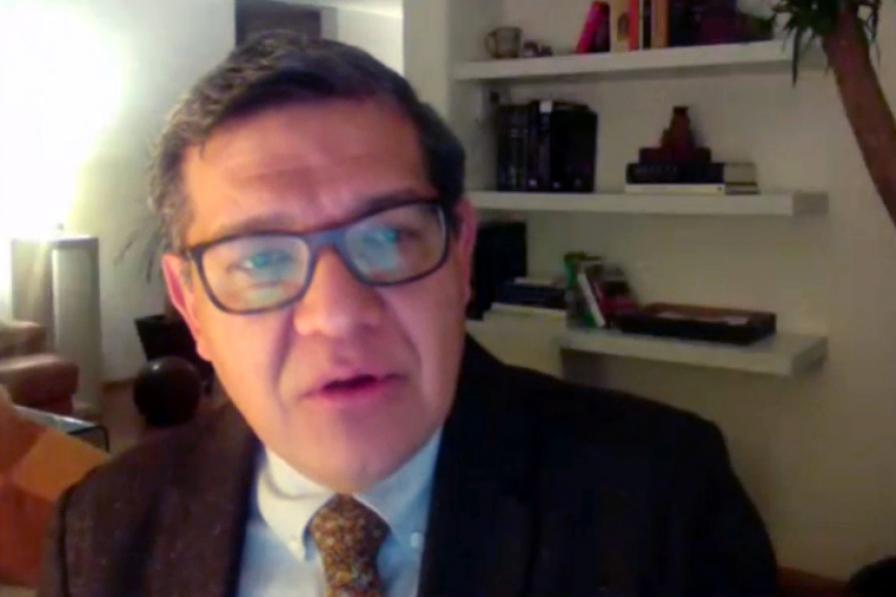Governing global biodiversity in the next thirty years is one of the central challenges facing humanity. How can global needs be balanced with national circumstances? How can parties keep up momentum to build a solid post-2020 global biodiversity framework when in-person negotiations cannot happen due to the COVID-19 pandemic? The Convention on Biological Diversity (CBD) started addressing these challenges through a first virtual, informal meeting in preparation for the 24th meeting of the Subsidiary Body on Scientific, Technical and Technological Advice (SBSTTA).
SBSTTA Chair Hesiquio Benitez opened the meeting with a moment of silence in memory of those whose lives have been lost in the COVID-19 pandemic. Elizabeth Mrema, CBD Executive Secretary, called this informal meeting an important step in implementing the work of the Convention, including the formulation of a post-2020 global biodiversity framework. She also highlighted other agenda items to be considered, including synthetic biology; marine and coastal biodiversity; invasive alien species; and biodiversity and agriculture.
Participants heard statements by regional groups and parties on the post-2020 global biodiversity framework. A number of delegations stressed the importance of developing a robust framework, highlighting elements that could be strengthened. Some proposed ways to better align the proposed framework’s goals, targets, indicators, baselines, and monitoring framework. Additional work was recommended related to: targets on resource mobilization and benefit-sharing; gender and inter-generational equity; and furthering participation of Indigenous Peoples and local communities, including in the development of indicators.
Stressing the importance of strong, clear, and universal headline indicators, a number of delegates recommended reducing the number of indicators and ensuring that they can be measured effectively. Others recommended additional work to address data and indicator gaps. Some expressed concerns about the increasing burdens of monitoring and reporting, and recommended aligning indicators with those used under other multilateral environmental agreements to take advantage of synergies.
Some delegates argued that at least the central elements of the monitoring framework should be adopted at the same time as the post-2020 global biodiversity framework at the fifteenth meeting of the Conference of the Parties (COP-15). Many supported the establishment of a technical expert group to advise on the further operationalization of the monitoring framework for the post-2020 global biodiversity framework.






